If you yourself play football or if you have a child who plays football, it’s important to know how to recognize some of the injuries that may occur while playing and how to treat them to minimize lasting damage before seeing a medical professional.
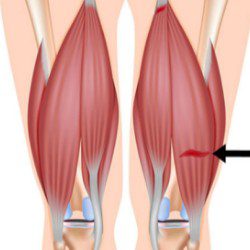
Hamstrings are the muscles that run from the bottom of your buttocks to the backs of your knees. Symptoms of a hamstring strain usually include a sudden sharp pain at the back of the thigh, often while running or performing a high kick or a fast, stretching movement.
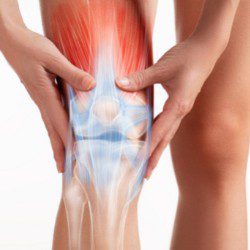
Muscle strains are very common among football players. Also called a pulled muscle or a torn muscle, the most common muscle strains occur to the hamstring muscles and quadriceps at the front of the thigh and can cause considerable discomfort in young athletes.
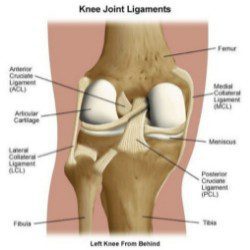
Ligaments connect bones. Four ligaments in the knee hold the thighbone to the shinbone. Injuries to these ligaments prevent athletes from bending their knee properly. Changing directions suddenly while running and taking direct blows to the knees can cause knee ligament injuries.
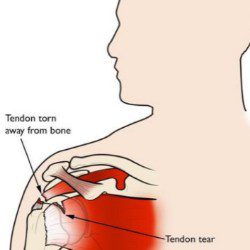
The rotator cuff supports the arm at the shoulder joint. Four muscles make up the rotator cuff, and these muscles are essential for stabilizing the joint.
Symptoms of a rotator cuff strain usually include pain that develops suddenly in the shoulder. Some people experience a tearing sensation. Pain can be severe and radiate down your arm.
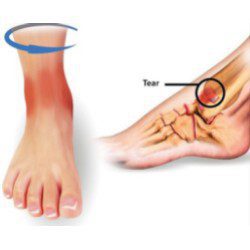
Ankle sprains are very common injuries in sports. Symptoms of ankle sprains can vary from mild to severe.
A football player may continue training or playing with a mild sprain, but an athlete who plays with a severe injury may further injure the ankle or significantly slow down recovery from the ankle sprain.
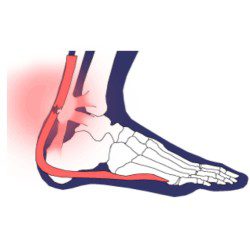
Achilles tendonitis causes pain, inflammation, and even degeneration of the Achilles tendon at the back of the ankle. Symptoms can be acute, resolving within a few weeks, or chronic and long-lasting.
A football player with chronic Achilles tendonitis can usually play, but the condition will cause discomfort and likely affect performance.
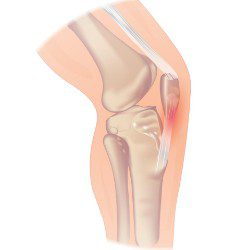
Otherwise known as patellar tendonitis, jumper’s knee causes pain in the tendon that attaches the kneecap to the shinbone. Jumper’s knee is an overuse injury resulting from repetitive strain.
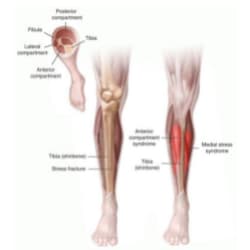
Shin splints cause pain in the front of the lower leg. Doctors refer to shin splints as tibial stress syndrome. Pain is the result of inflammation of the muscles, tendons, and bone tissue around your tibia, or shinbone.
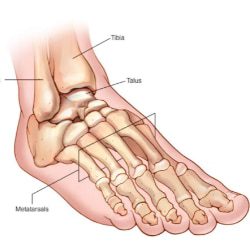
A metatarsal stress fracture is a very fine break in one of the bones in the foot. Metatarsal bones are long and slender bones located between the middle of your foot and your toes, and give your foot its characteristic arch.
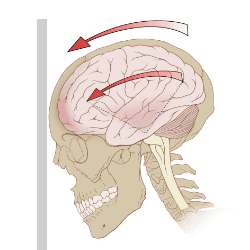
Of all sports, football presents the greatest risk for concussions. In fact, all football players – even those in high school – have a 75 percent chance of suffering a concussion. Concussions often happen during a tackle, as the head snaps and strikes the ground.
A concussion is a serious trauma to the brain that changes how it works. Concussions usually cause temporary effects including headaches and problems with memory, concentration, judgment, balance, and coordination.
